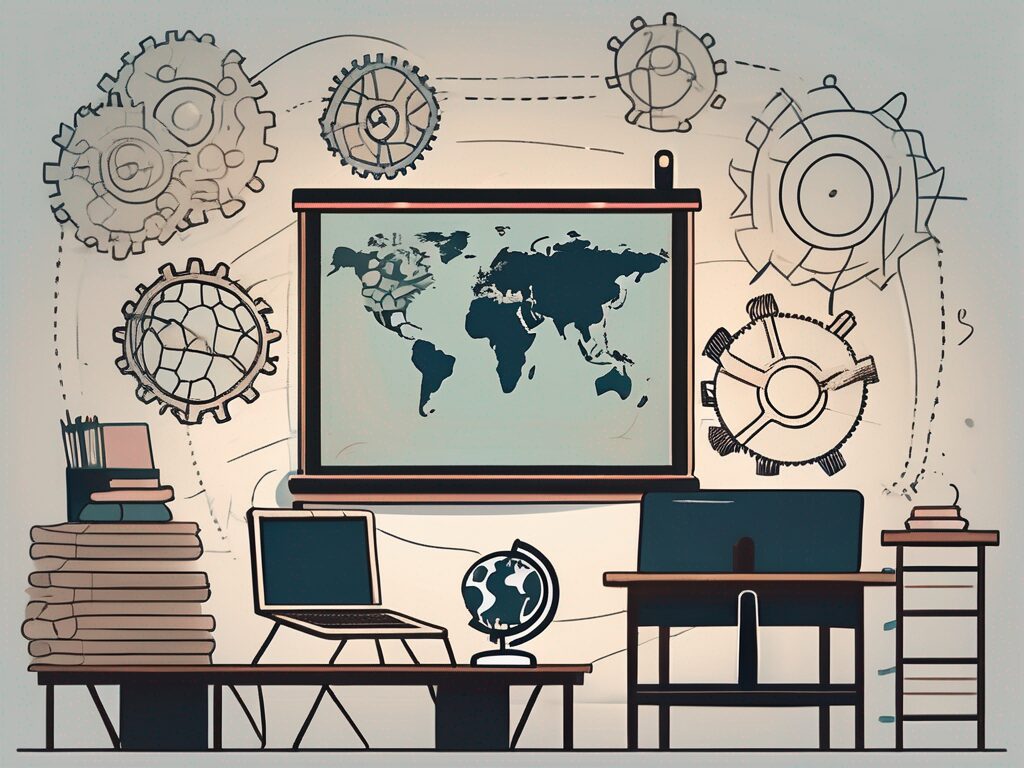html
Master’s in Education: 5 Essential Steps for Gender Equality in Malaysia
In recent years, the conversation surrounding gender equality in education has gained significant momentum, particularly in Malaysia. As we strive to create a more inclusive society, it is crucial to address the disparities that exist within our educational systems. This blog post will explore five essential steps that can be taken to promote gender equality in education across Malaysia. By understanding these steps, educators, policymakers, and stakeholders can work together to foster an environment where every student, regardless of gender, has equal opportunities to succeed.
Understanding the Importance of Gender Equality in Education
Gender equality in education is not just a moral imperative; it is also a catalyst for economic growth and social development. According to UNESCO, when girls receive the same level of education as boys, they are more likely to contribute positively to their communities and economies. In Malaysia, where the education system is a cornerstone of national development, ensuring gender equality is essential for harnessing the full potential of our youth.
Step 1: Implementing Gender-Sensitive Policies
The first step towards achieving gender equality in education is the implementation of gender-sensitive policies. This involves reviewing existing educational policies to identify and eliminate biases that may disadvantage one gender over another. For instance, the Malaysian Ministry of Education can introduce policies that promote equal access to resources, scholarships, and extracurricular activities for both boys and girls.
Moreover, training educators to recognize and address gender biases in the classroom can significantly impact students’ learning experiences. By fostering an inclusive environment, we can encourage all students to participate actively and confidently in their education.
Step 2: Promoting Female Role Models in Education
Representation matters. One effective way to promote gender equality in education is by increasing the visibility of female role models in various fields. Schools and universities should actively invite successful women from diverse backgrounds to share their experiences and insights with students. This can inspire young girls to pursue their passions and break free from traditional gender roles.
For example, initiatives like mentorship programs can connect female students with accomplished women in their desired fields, providing guidance and encouragement. By showcasing successful women, we can challenge stereotypes and empower the next generation of female leaders.
Step 3: Encouraging Gender-Sensitive Curriculum Development
A gender-sensitive curriculum is vital for promoting equality in education. This involves integrating gender perspectives into the curriculum, ensuring that both male and female contributions to various fields are acknowledged and celebrated. Textbooks and learning materials should reflect diverse experiences and avoid reinforcing gender stereotypes.
For instance, incorporating stories of influential women in science, literature, and politics can help students appreciate the contributions of both genders. Additionally, educators should be trained to facilitate discussions around gender issues, encouraging students to think critically about societal norms and expectations.
Step 4: Engaging Parents and Communities
Engaging parents and communities is crucial for fostering a culture of gender equality in education. Schools should organize workshops and seminars to educate parents about the importance of supporting their children’s education, regardless of gender. By involving parents in the educational process, we can create a supportive environment that values equal opportunities for all students.
Community involvement can also play a significant role in promoting gender equality. Local organizations and NGOs can collaborate with schools to raise awareness about gender issues and provide resources for students and families. By working together, we can create a more inclusive educational landscape that benefits everyone.
Step 5: Monitoring and Evaluating Progress
Finally, it is essential to monitor and evaluate the progress of gender equality initiatives in education. This involves collecting data on enrollment rates, academic performance, and dropout rates for both genders. By analyzing this data, policymakers and educators can identify areas for improvement and adjust their strategies accordingly.
For example, if data reveals that girls are underperforming in STEM subjects, targeted interventions can be implemented to support their learning in these areas. Regular assessments and feedback loops will ensure that efforts towards gender equality remain effective and relevant.
Conclusion
Achieving gender equality in education is a multifaceted challenge that requires commitment and collaboration from all stakeholders. By implementing gender-sensitive policies, promoting female role models, developing inclusive curricula, engaging parents and communities, and monitoring progress, we can create a more equitable educational environment in Malaysia.
As we strive for a more inclusive education system in Malaysia, the role of qualified and well-trained educators becomes increasingly crucial. Empower Your Teaching Career with IPGCE As we strive for a more inclusive education system in Malaysia, the role of qualified and well-trained educators becomes increasingly crucial. IPGCE is dedicated to supporting teachers in their professional journey, offering the International Postgraduate Certificate in Education (iPGCE) to enhance qualifications and open doors to international teaching opportunities. With our program, you can expect a significant increase in interview callbacks, promotion rates, and salary. Plus, you’ll join a global network of educators, gain a deeper understanding of international curricula, and enjoy the flexibility of online study. Don’t let inadequate credentials or isolation hold you back. Join the UK’s #1 Teacher Training Course today and take a decisive step towards a fulfilling career in inclusive education.
Related Topics
- Gender Equality in Education in Malaysia
- The Importance of Female Role Models in Education
- Developing a Gender-Sensitive Curriculum
Connect with us on LinkedIn to stay updated on our initiatives and join the conversation on gender equality in education!

